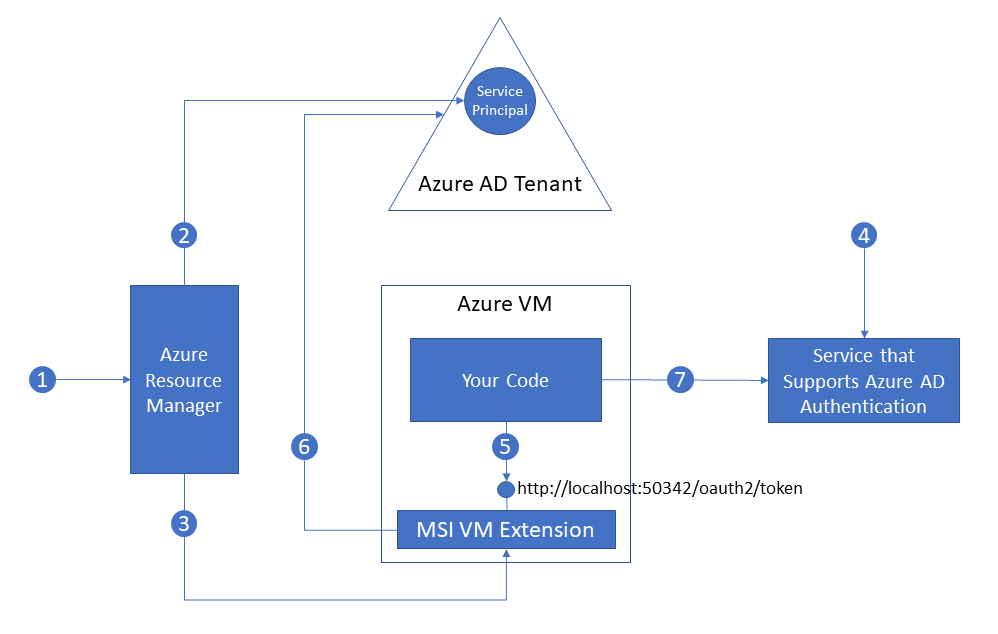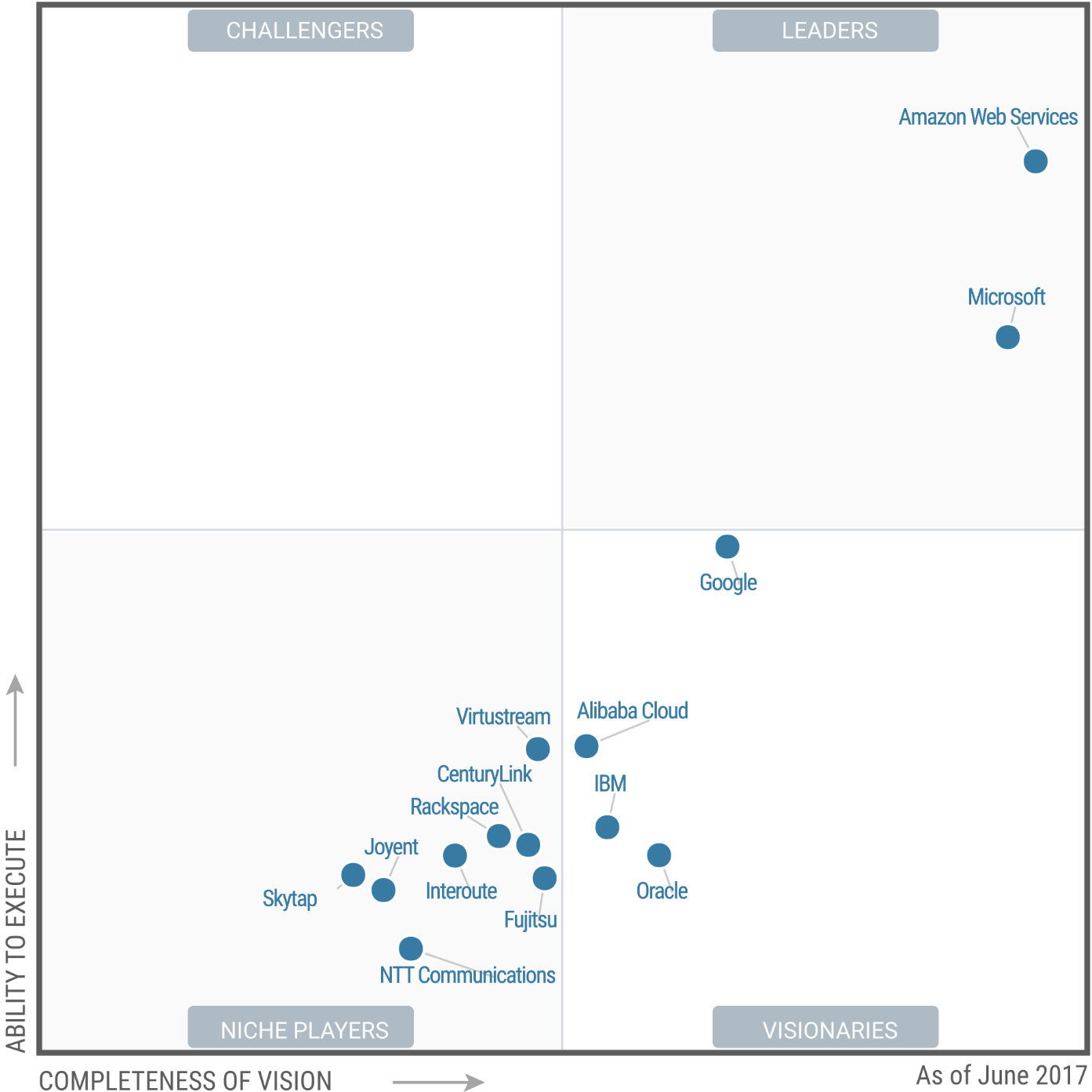A couple of days ago in Microsoft Build 2018, Microsoft has announced the first Microsoft Linux based OS!
The new Linux based kernel OS along with other two major components will present a highly-secured end-to-end solution for connected microcontroller-powered devices. Azure Sphere includes three components working as one, a brand-new class of crossover Microcontrollers running a secured Operating System and supported by cloud services. Along with advanced development tools, Azure Sphere is your opportunity to reimagine your business from the ground up.
The new Linux based kernel OS along with other two major components will present a highly-secured end-to-end solution for connected microcontroller-powered devices. Azure Sphere includes three components working as one, a brand-new class of crossover Microcontrollers running a secured Operating System and supported by cloud services. Along with advanced development tools, Azure Sphere is your opportunity to reimagine your business from the ground up.




